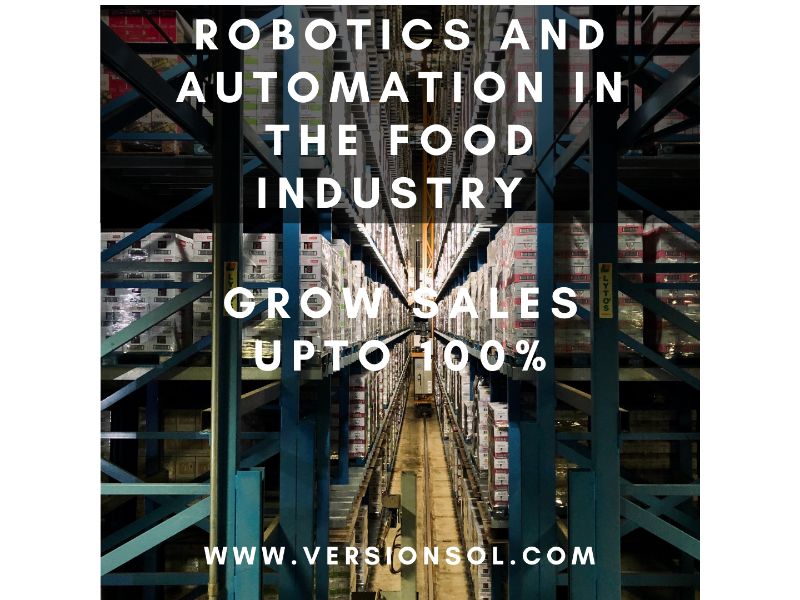Robotics and automation in the food industry: Dairy automation systems give value-added services to the dairy farming industry. Providing consistently increased output at a minimal cost. Agriculture production within the dominant technological perspective is shown in the recent and rapid growth of agricultural trends. Such as smart farming, digital agriculture, and agriculture. Dairy farms are benefiting from automation in terms of revenue, animal care, culture, and milk production. This ground-breaking step saves time and gives information that allows dairy farmers to be proactive. Rather than reactive, especially when it comes to feeding, breeding, and animal health care.
Related: Best Food image recognition apps
Automation in Dairy farming, in general, comes into the following categories:
- Milking-related tasks can be automated.
- Cattle are being monitored in order to make more precise health and feeding decisions.
- Feeding and other labor-intensive operations can be automated.
Another part of dairy technology in dairy cow management aims to keep a lifetime animal record of cows and buffaloes. Data analysis and management information systems work together to create a report on the fertility and output of various breeds. It intends to be so simple to use. That even a farmer with only a basic understanding of computers. Might be able to use it to manage animal types such as babies, bulls, grownups, breeding bulls, and working bullocks. In a file system, records of slaughtered, sold, or deceased animals reflect the treatment given during the animal’s lifetime. Key data records such as breeding, production, health/lifetime records, reports, and herd performance analyses. As well as the feeding information of each animal.
Why Robotics and automation in the food industry are necessary?
In the dairy industry, automation is essential to boost productivity, increase revenues, and maximize the value of labor employed. Locals may now more easily manage, monitor, and control their dairy operations thanks to automation. Milk parlors keep a database for the livestock using this technique. These simple but effective strategies aid in setting a new high for milk collecting quantities. Most milking point activities, including milk yield measurement, pulsation, mild stimulation, and cluster removal, are automatic in dairy.
Related: Food packaging technologies
Tracking
Automatic Farms are able to keep track of tasks such as feeding, milking, and cleaning. Aside from that, milking equipment and dung scrapers are available on farms.
Furthermore, a mobile veterinary team supplies farmers with medical services like Artificial Insemination and pregnancy detection. According to experts, businesses all over the world are scrambling to cut costs in order to stay afloat. And the dairy industry is no different. The goal of accomplishing more with less is now possible by providing farm managers with appropriate technology. Not necessarily rocket science inventions, but simple, easily available solutions that can make a difference.
Advantages of automation in the food industry (Dairy Farming)
On a dairy farm, manual milking is time-consuming and labor-intensive. Furthermore, the manual milk preservation technique can lead to bacterial infection in the milk. Automatic milking enhances labor efficiency by 20 percent to 50 percent on modern dairy farms. Thanks to milking parlor technologies like automatic cluster removal and speedy access and exit gates.
The future of automation in the food industry
The use of the Internet of Things and artificial intelligence to automate food industry processes. Especially in dairy farming, the use of technological advancement is the need of the present. Future studies should also focus on enhancing real-time milk quality monitoring. As well as determining how many autonomous milking stations would best serve different herd sizes and breeds. Such cow traffic optimization modeling delivers the most efficient service. And reduces the incidence of lameness, lowers expenses, and improves future benefits.
Closing
The improved production efficiency within areas like nutrition, reproduction, and cattle comfort also supports more sustainable dairy farming. There is a need for further research to overcome the challenges of implementing the Internet of Things and artificial intelligence. To make it possible for farmers to take advantage of digital dairy farming technologies to run a more efficient and profitable enterprise.
